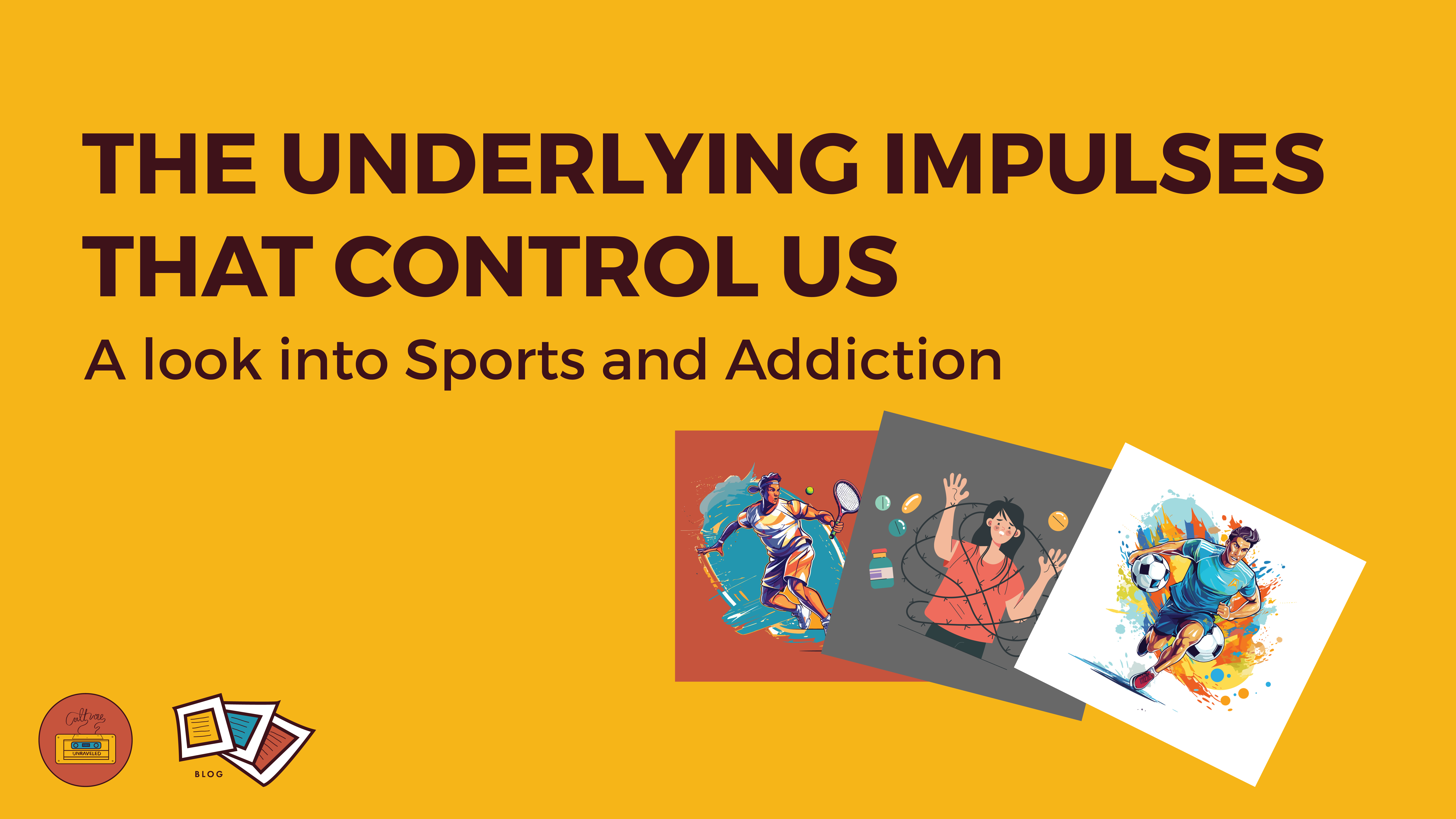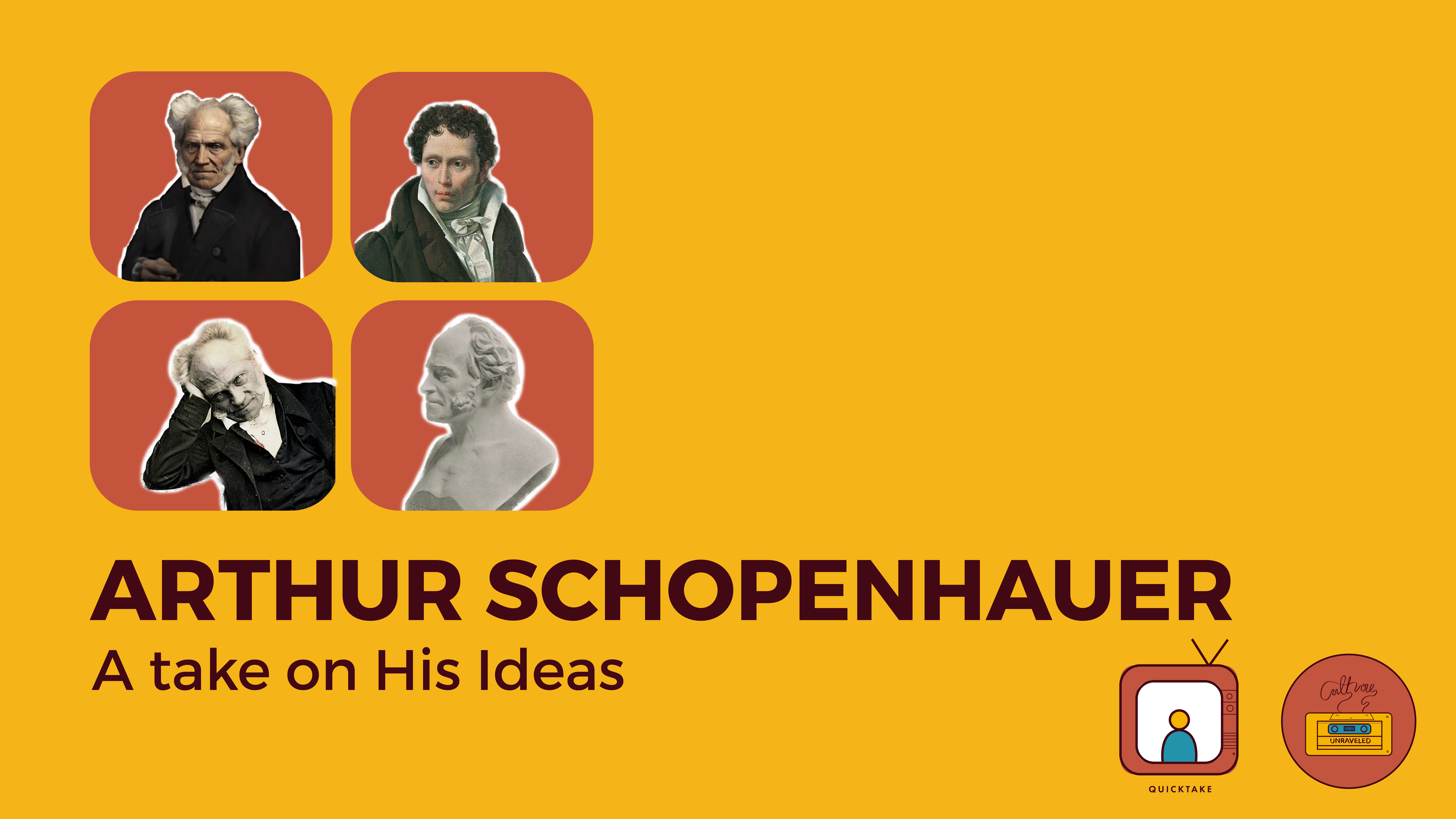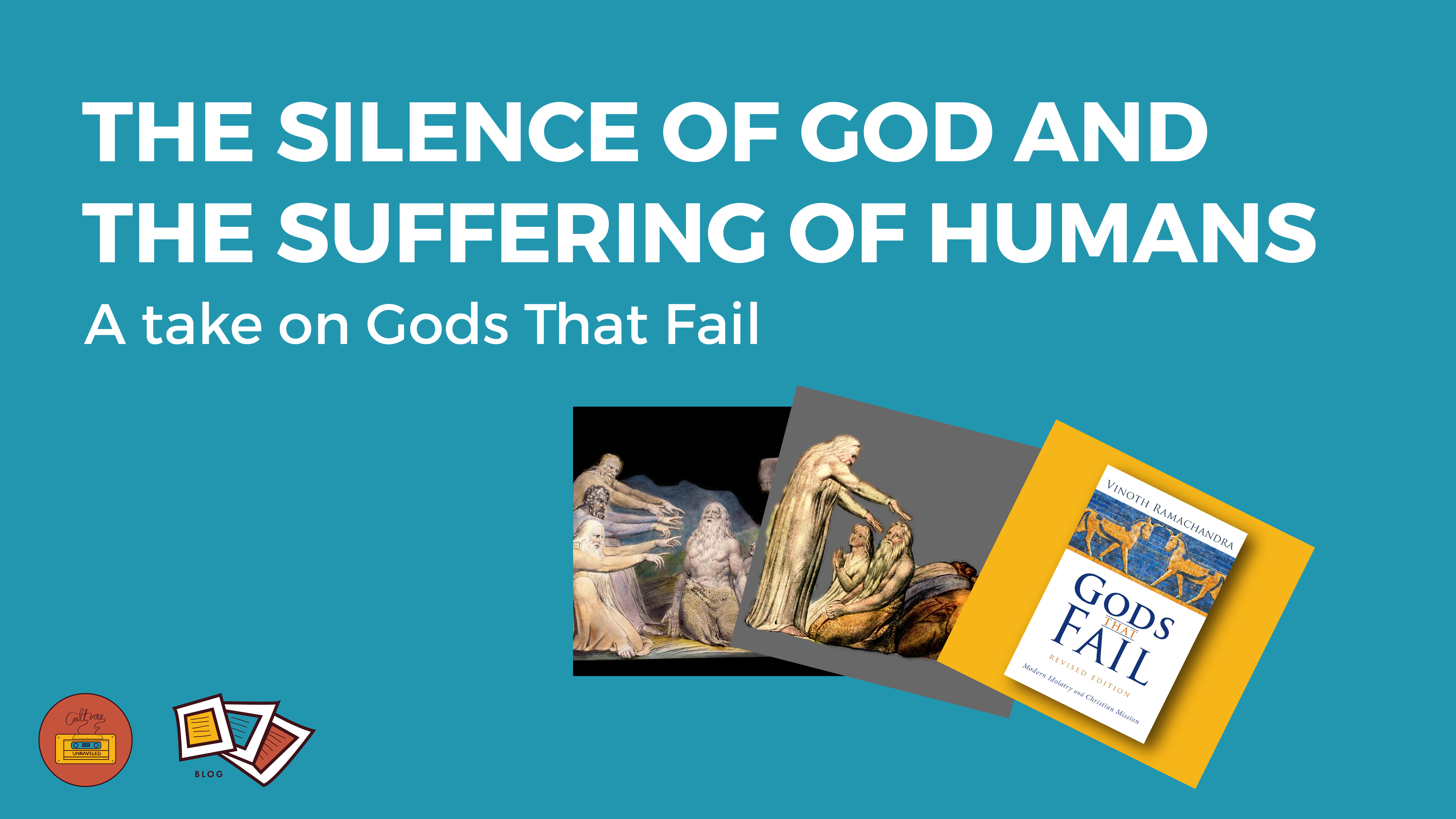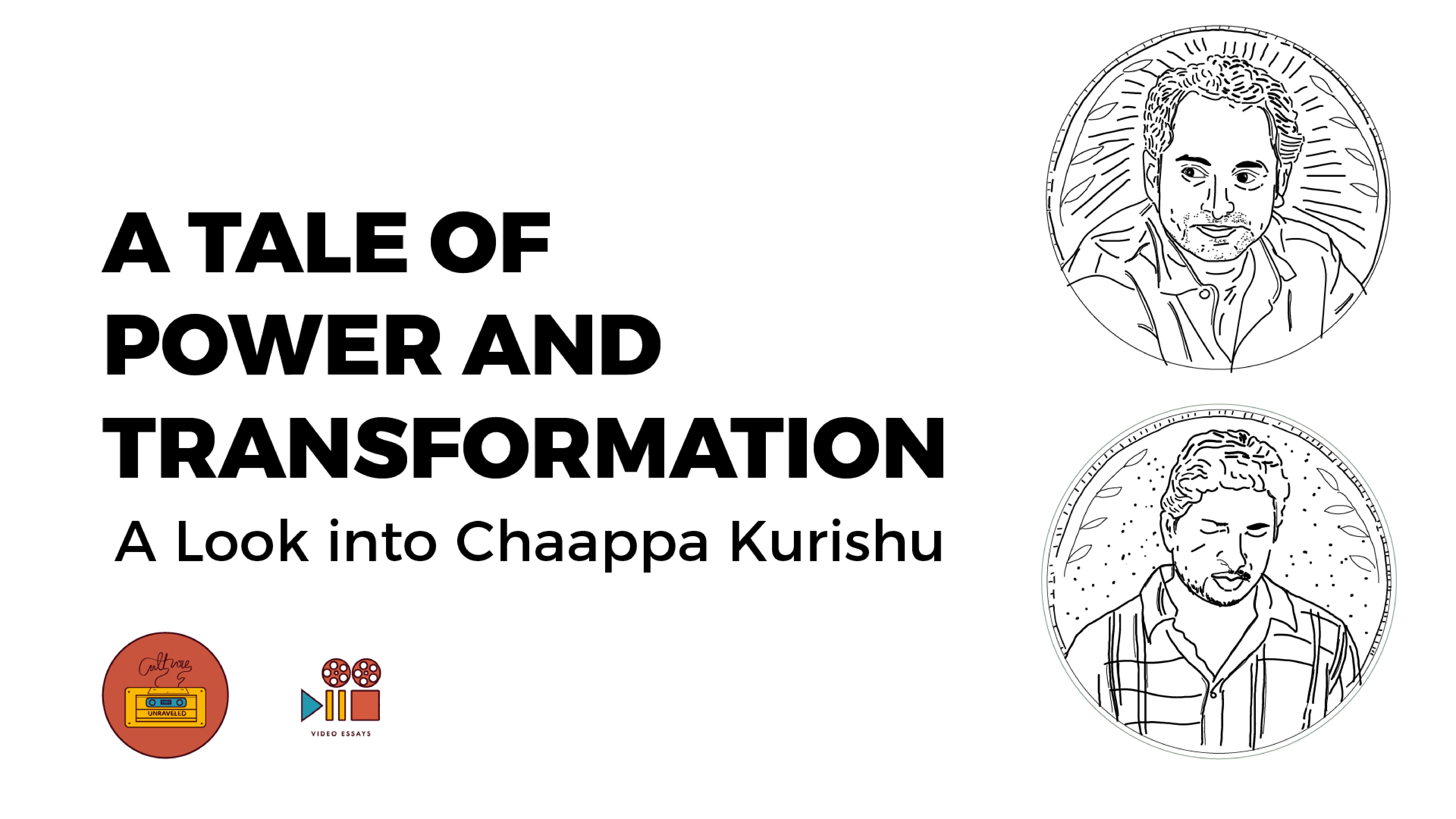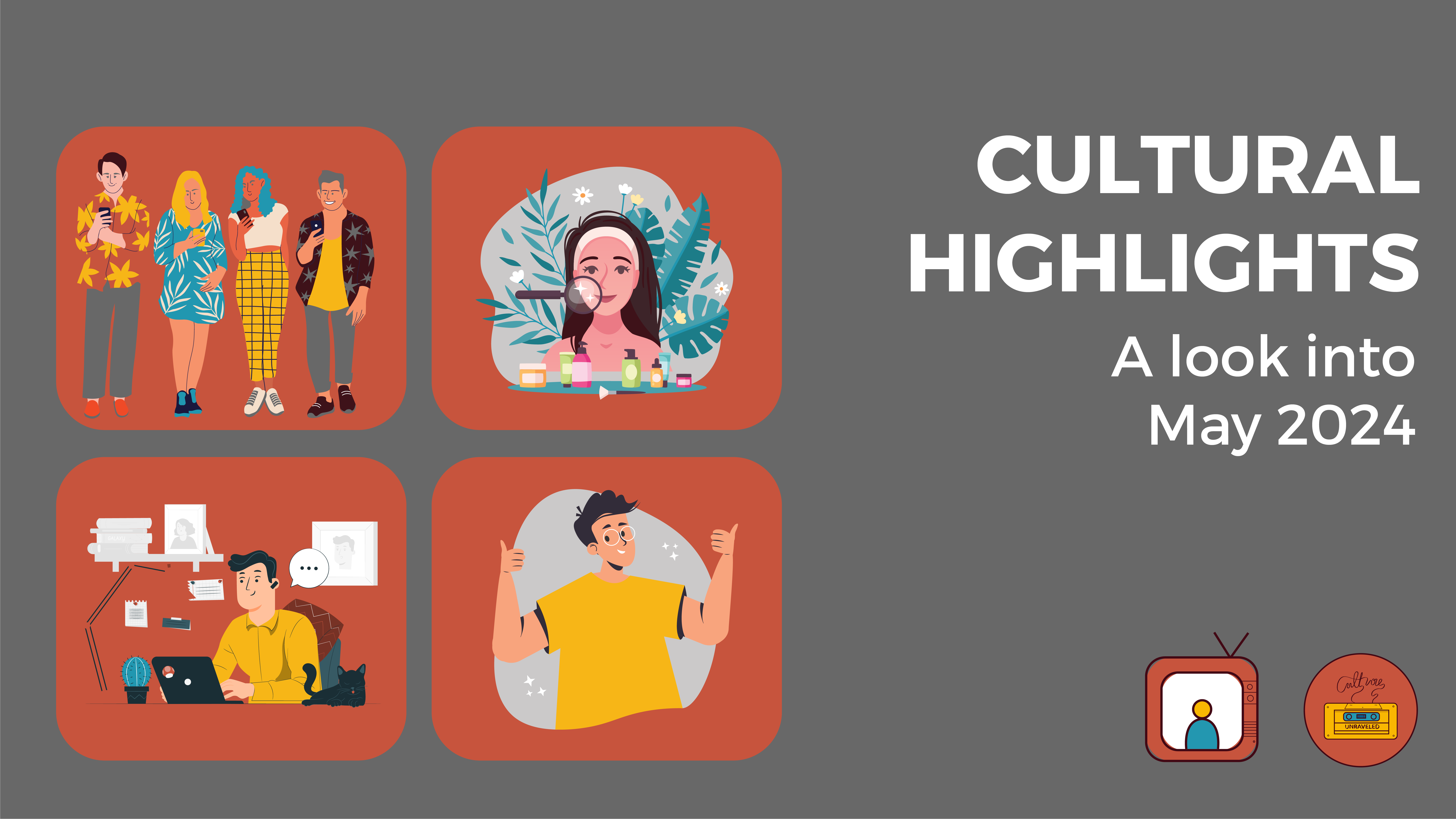
Since the very beginning of civilization, Love has been a central theme in human culture, and its presence can be seen in a wide range of art forms, from literature and poetry to music and film. In most cultures, love is often portrayed as a transformative and life-altering force that has the power to heal, bring happiness, and even, with risk of an overstatement: change the world. As Valentine’s Day dawns on us, it offers us an opportunity to perhaps more profoundly understand this force of emotion, compassion and partnership. By looking deeper into and understanding the significance of the origins and evolution of Valentine’s Day, we might be able to derive a nuanced description of not only what love is, but the role it plays in our personal lives and in the culture as a whole.
Valentine’s Day, celebrated annually on the 14th of February, has long been considered a hallmark of romantic love and affection. Originating from ancient Rome, the holiday has undergone significant transformations over the centuries, evolving from a pagan festival honouring the Roman God of fertility into a day to express love and affection for one’s significant other.
The origins of Valentine’s Day can be traced back to ancient Rome, where the festival of Lupercalia was celebrated on February 15th. This festival honoured the Roman God of fertility, Lupercus, and was characterised by feasting, gift-giving, and matchmaking. In 496 AD, Pope Gelasius declared February 14th a Christian feast day in honour of Saint Valentine, a priest who was martyred during the reign of Emperor Claudius II. Over time, Saint Valentine became associated with the festival of Lupercalia and the two celebrations were merged, resulting in the holiday we now know as Valentine’s Day.
The role of Valentine’s Day in popular culture has changed significantly over the years. During the Middle Ages, the holiday was largely seen as a religious observance and it was not until the late 16th century that the custom of exchanging love letters and gifts began to gain popularity. By the 18th century, Valentine’s Day was widely celebrated in Europe and the United States, and by the late 19th century, mass-produced Valentine’s Day cards became a staple of the holiday.
What’s interesting about the history of Valentine’s Day and the evolution of what it symbolises, is that; the way Valentine’s Day has been celebrated and viewed in certain points in history, can act as an accurate marker of how love was approached and understood at that point in history.
As we can see, although some of the core traditions and beliefs have been somewhat maintained, Valentines Day has drastically changed, the festival has widely become a means to generate exorbitant amounts of money through a variety of ways. It is now a multi-billion dollar industry, with millions of people around the world exchanging cards, flowers, chocolates, and other gifts to express their love and affection for one another. The holiday has also become a major event for the advertising industry, with companies competing for consumers’ attention and dollars through romantic advertisements and promotions.
So what does this tell us? Are we losing touch of the meaning of love? Are we being swayed to the type of love that is more transactional and routine? Are we in danger of mischaracterizing the purpose of love and therefore losing the genuine benefits and effects
of it? Well, perhaps the answer to those questions lie with each individual since love is so subjective. But what is important is that we should be cognizant of the fact that our interpretation of love directly affects our ability to give and receive it, and the messaging, whether subliminal or overt within popular culture and media directly affects our interpretation of love. Once we fully understand how much we might have been influenced by external voices to change our interpretation and manifestation of love, we can truly start to see what love really means to us.
As has been mentioned, the history of Valentine’s Day is rich and spans centuries, but the core principle of love is what has been passed on through generations. Valentine’s Day is love acting itself out through tradition and culture, even with the perceived corruption of the purity of the festival from corporations, the day still has significance as it symbolises a day of love.
This Valentines Day, we are blessed with an opportunity; to reevaluate what our definition of love really is, and identify what has been ingrained in us by outside voices. Love is not solely a romantic phenomenon but spans all types of relationships and so this day allows us an opportunity, perhaps even an excuse, to reach out to someone who we might have wronged or someone who might have wronged us and engage in reconciliation or at least the attempt to start it.
Maybe there’s a family member or an old friend that we have drifted away from, now we have a chance to reach out to them. Even if there is no mention of Valentines Day, let the day act as an invitation to love unconditionally. Let the day be an opportunity to reinstate and ground ourselves in what love truly is, not an exchange, but the willingness to give without receiving, the ability to look not at the cracks in one’s character, but the light that finds its way through.
So, why don’t we use this day to do just that, to love, whether it be a partner, a family member, a stranger, an old friend, or perhaps most importantly, ourselves.
Author: Ben Joshua


